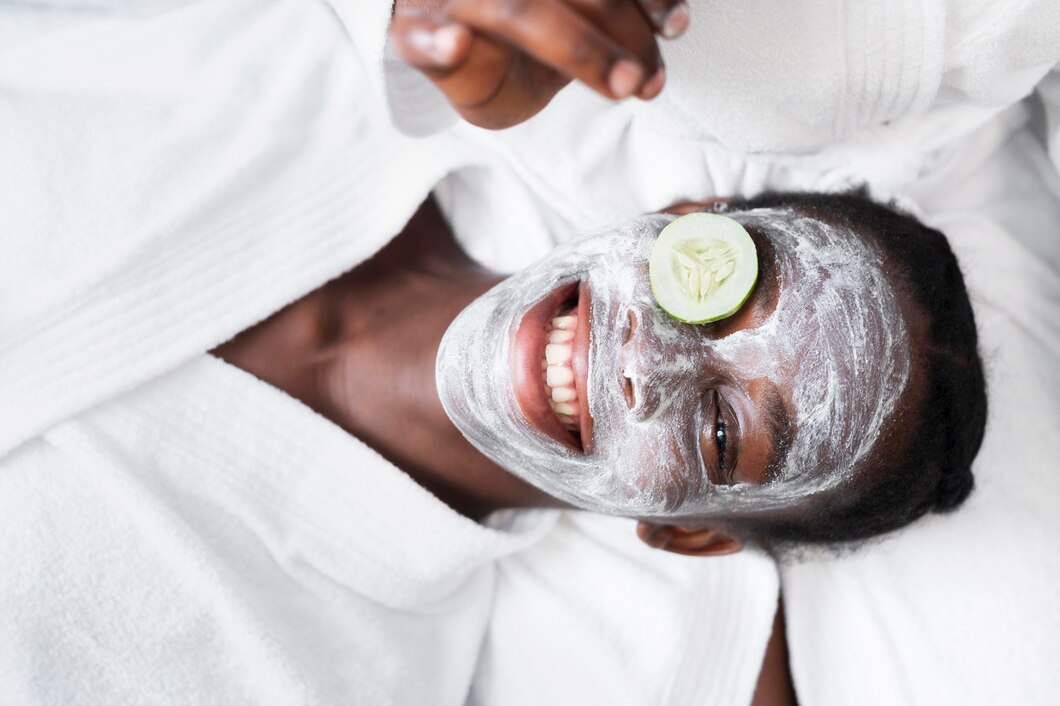In the quest for glowing, healthy skin, many turn to DIY skincare treatments. These homemade remedies can be effective and budget-friendly, but it’s crucial to approach them with caution. Here are some essential dos and don’ts to ensure your DIY skincare routine is both safe and beneficial.
The Dos
1. Do Your Research:
Before applying any DIY treatment to your skin, research the ingredients thoroughly. Understand their properties, potential benefits, and possible side effects. Reliable sources include dermatology websites, scientific studies, and reputable beauty blogs.
2. Use Fresh Ingredients:
Ensure that all ingredients you use are fresh and of high quality. Old or expired products can harbor bacteria and lose their efficacy, potentially causing irritation or infection.
3. Patch Test First:
Always perform a patch test before applying a new treatment to your face. Apply a small amount of the mixture to your inner wrist or behind your ear and wait 24 hours to see if any adverse reactions occur.
4. Follow Hygiene Practices:
Maintain cleanliness by washing your hands, utensils, and containers thoroughly before preparing your treatments. This helps prevent contamination and ensures the safety of your DIY skincare products.
5. Keep it Simple:
Start with simple recipes using a few well-known ingredients. This reduces the risk of irritation and makes it easier to identify which components work well for your skin.
6. Store Properly:
Store your homemade products in clean, airtight containers to keep them fresh and effective. Most DIY skincare products should be kept in the refrigerator and used within a week.
7. Be Gentle:
Apply your DIY treatments gently, avoiding harsh scrubbing or aggressive application. Treat your skin with care to avoid damage.
The Don’ts
1. Don’t Use Harsh Ingredients:
Avoid using ingredients that can be harsh or irritating, such as lemon juice, baking soda, and undiluted essential oils. These can disrupt your skin’s natural pH balance and cause irritation or burns.
2. Don’t Skip Sun Protection:
Some DIY treatments can make your skin more sensitive to the sun. Always apply sunscreen during the day, especially after using treatments that include ingredients like citrus or alpha-hydroxy acids.
3. Don’t Overdo It:
More is not always better in skincare. Overusing treatments or applying them too frequently can lead to irritation, redness, and breakouts. Stick to recommended usage guidelines and give your skin time to respond.
4. Don’t Ignore Professional Advice:
If you have existing skin conditions or concerns, consult a dermatologist before trying DIY treatments. Professional advice can help you avoid exacerbating issues and guide you toward safe, effective solutions.
5. Don’t Use Food Ingredients with Large Molecules:
Ingredients like avocado, oatmeal, and banana are popular in DIY skincare, but their large molecules can’t penetrate the skin effectively. While they may feel nourishing, they won’t provide deep benefits and can sometimes clog pores.
6. Don’t Neglect pH Levels:
Your skin has a natural pH level of around 5.5. Using products that are too acidic or too alkaline can disrupt this balance, leading to skin issues. Avoid mixing ingredients like vinegar and baking soda, which can create an unstable pH environment.
7. Don’t Rely Solely on DIY:
While DIY skincare can complement your routine, it shouldn’t replace clinically proven products and treatments. Use DIY remedies alongside professional-grade products for a well-rounded approach to skincare.
DIY skincare can be a fun and rewarding way to care for your skin, but it requires careful consideration and attention to detail. By following these dos and don’ts, you can enjoy the benefits of homemade treatments while keeping your skin safe and healthy. Always prioritize research, simplicity, and professional guidance to ensure your DIY skincare routine is effective and gentle on your skin.








